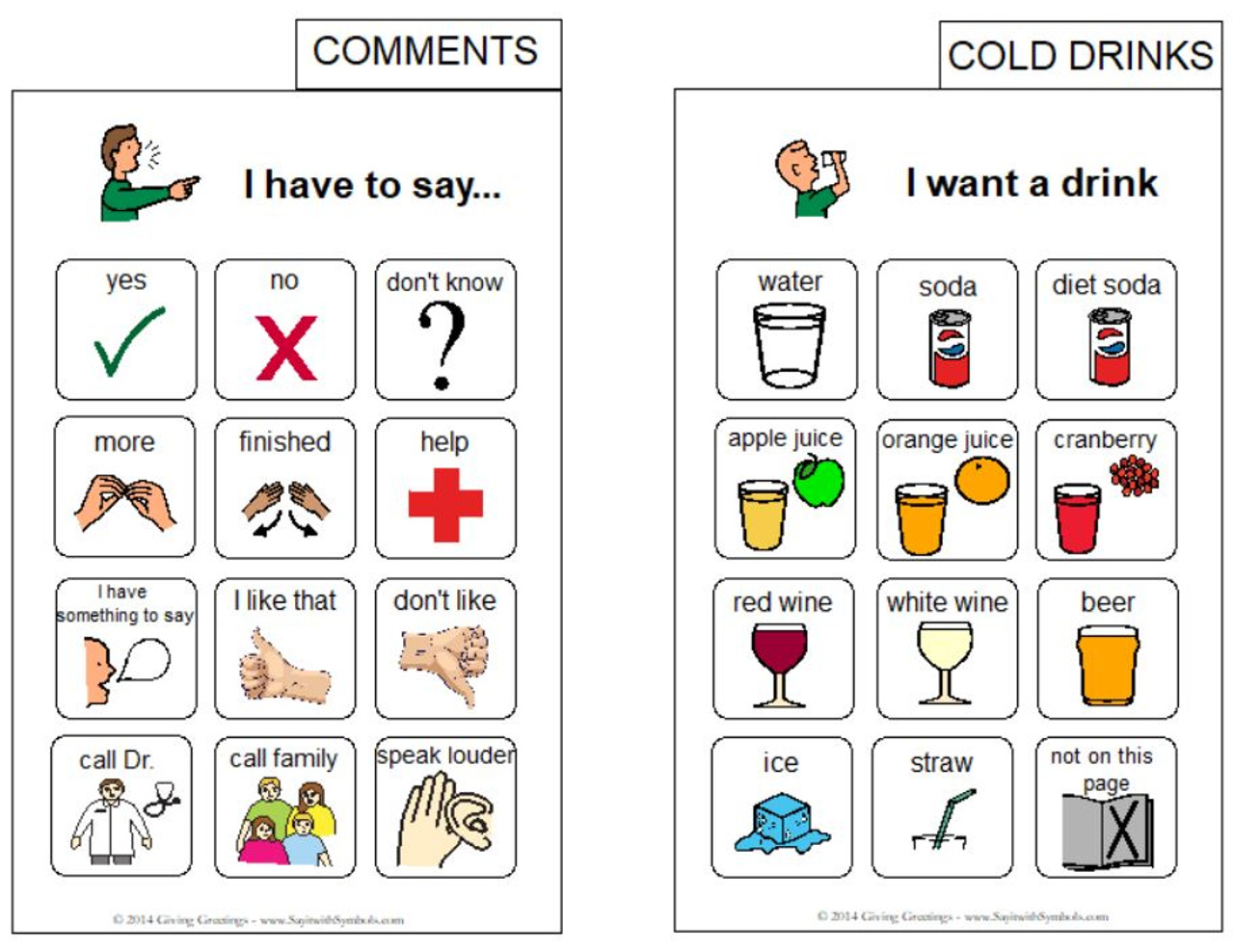Communication is a vital aspect of our lives, allowing us to connect with others, express our thoughts and emotions, and build meaningful relationships. However, for stroke patients, communication can become challenging due to aphasia, a condition that affects language abilities. Thankfully, there are various tools and resources available to assist stroke patients in communicating effectively, such as communication boards.
Communication Board for Stroke Patients
 One such tool is a communication board specifically designed for stroke patients. This visual aid can help individuals with limited speech or language impairment express their needs, preferences, and basic emotions. It consists of a board filled with pictures, words, or symbols that the patient can point to or indicate to communicate their thoughts effectively.
One such tool is a communication board specifically designed for stroke patients. This visual aid can help individuals with limited speech or language impairment express their needs, preferences, and basic emotions. It consists of a board filled with pictures, words, or symbols that the patient can point to or indicate to communicate their thoughts effectively.
Printable Adult Communication Book for Stroke Patients

Patient Communication Board
 Healthcare professionals often utilize patient communication boards to facilitate communication between stroke patients and caregivers. These boards are typically made of durable material and contain a range of essential words, phrases, and symbols. By pointing to specific items on the board, patients can express their needs, pain levels, and any discomfort they may be experiencing.
Healthcare professionals often utilize patient communication boards to facilitate communication between stroke patients and caregivers. These boards are typically made of durable material and contain a range of essential words, phrases, and symbols. By pointing to specific items on the board, patients can express their needs, pain levels, and any discomfort they may be experiencing.
Free Printable Communication Boards for Stroke Patients
 There are also free printable communication boards available for stroke patients. These can be easily accessed and downloaded, providing a convenient communication aid. Patients can use these boards to express their desires, ask questions, and engage in conversations with loved ones, caregivers, or healthcare professionals.
There are also free printable communication boards available for stroke patients. These can be easily accessed and downloaded, providing a convenient communication aid. Patients can use these boards to express their desires, ask questions, and engage in conversations with loved ones, caregivers, or healthcare professionals.
It is important to note that while communication boards can be immensely beneficial for stroke patients, each individual may have different communication needs. Therefore, it is essential to work closely with healthcare professionals, speech therapists, or occupational therapists to determine the most appropriate communication tools and strategies for each patient.
Stroke Survivor Strategies: How to Help with Aphasia
 Caring for a stroke survivor with aphasia requires patience, understanding, and knowledge of effective strategies. Communication boards can play a significant role in facilitating communication and supporting the rehabilitation process. By using these boards alongside other therapeutic techniques, caregivers and loved ones can help stroke patients regain their communication skills and improve their overall quality of life.
Caring for a stroke survivor with aphasia requires patience, understanding, and knowledge of effective strategies. Communication boards can play a significant role in facilitating communication and supporting the rehabilitation process. By using these boards alongside other therapeutic techniques, caregivers and loved ones can help stroke patients regain their communication skills and improve their overall quality of life.
Stroke Communication Board
 A stroke communication board can be particularly useful for individuals experiencing expressive and receptive aphasia after a stroke. Expressive aphasia impairs the ability to express thoughts and ideas, while receptive aphasia affects the comprehension of spoken or written language. These boards provide a visual communication method that can bridge the communication gap and enable stroke patients to connect with others effectively.
A stroke communication board can be particularly useful for individuals experiencing expressive and receptive aphasia after a stroke. Expressive aphasia impairs the ability to express thoughts and ideas, while receptive aphasia affects the comprehension of spoken or written language. These boards provide a visual communication method that can bridge the communication gap and enable stroke patients to connect with others effectively.
If you are caring for a stroke patient or know someone who is, exploring the use of communication boards can significantly contribute to improving their communication skills, overall well-being, and independence. Speak with healthcare professionals, therapists, or support groups to learn more about the resources available in your area that can assist stroke patients in their journey to regain their communication abilities.